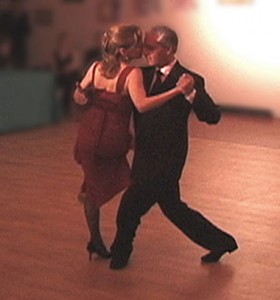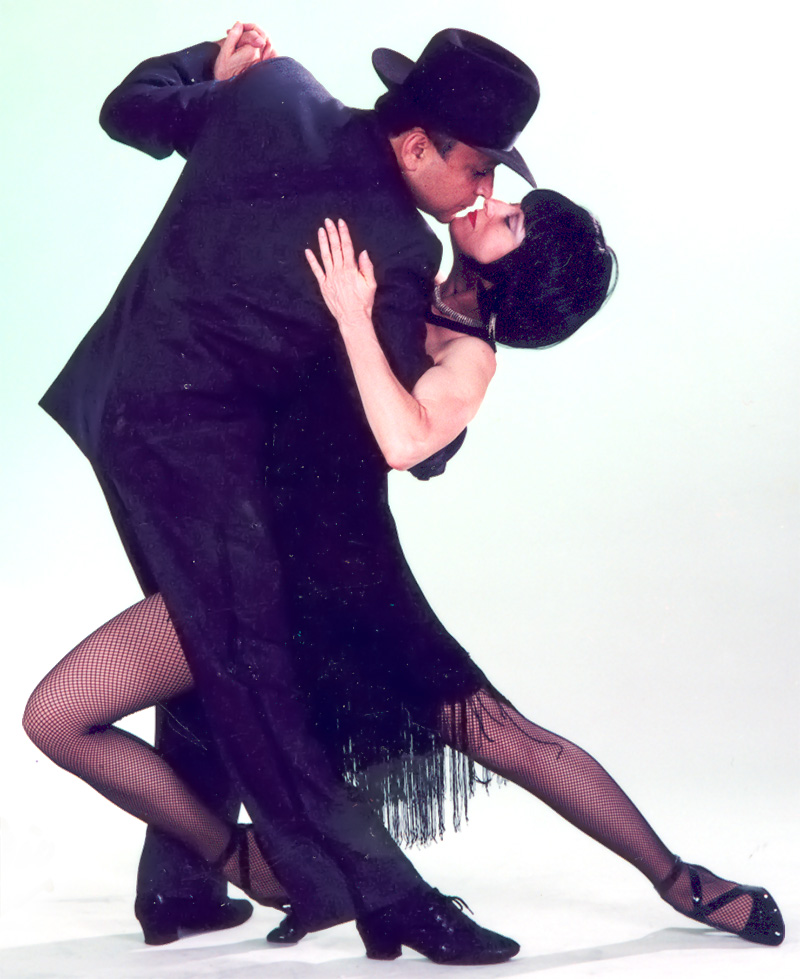In the very instant that the development of form turns into an individual effort, the couple disappears, and when this happens, tango vanishes as well… The more interrelated the bodies the more tango in the dance.
Gloria and Rodolfo Dinzel
Tango, An Anxious Quest for Freedom
OVER AND ABOVE its evocative form, Tango’s quintessential realization of connection makes it unique among all the world’s partner dances. In Tango, one and one do not make two. In Tango, one and one make one. The choreographic play occurs between two individuals, but Tango exists only in as much as the couple transcends their separateness. The degree to which this premise may be realized in Tango presents a radical challenge to popular dance culture, as it suggests a profoundly existential notion.
The parameters of any art domain give it its distinct form as well as a raison d’être that is uniquely its own. It is obvious that an art form must evolve continuously if it is to reflect the current atmosphere. At the same time, it is important to understand Tango’s origins–the culture, traditions, and musical influences that gave birth to this extraordinary form–in order to reflect its essential ethos in one’s own dancing.
My pedagogy is built around these concepts so that students may develop and enhance their kinesthetic awareness, movement technique, improvisational skill and individual style.
Accomplished technique is viewed in relation to the quest for communion with one’s partner and authentic self-expression, rather than as an end in itself. And this multilayered journey through Tango’s realm unlocks our potential for greater exploration within the dancing and ourselves, far beyond elemental repertoires of steps and patterns.
—Mara Carlson


